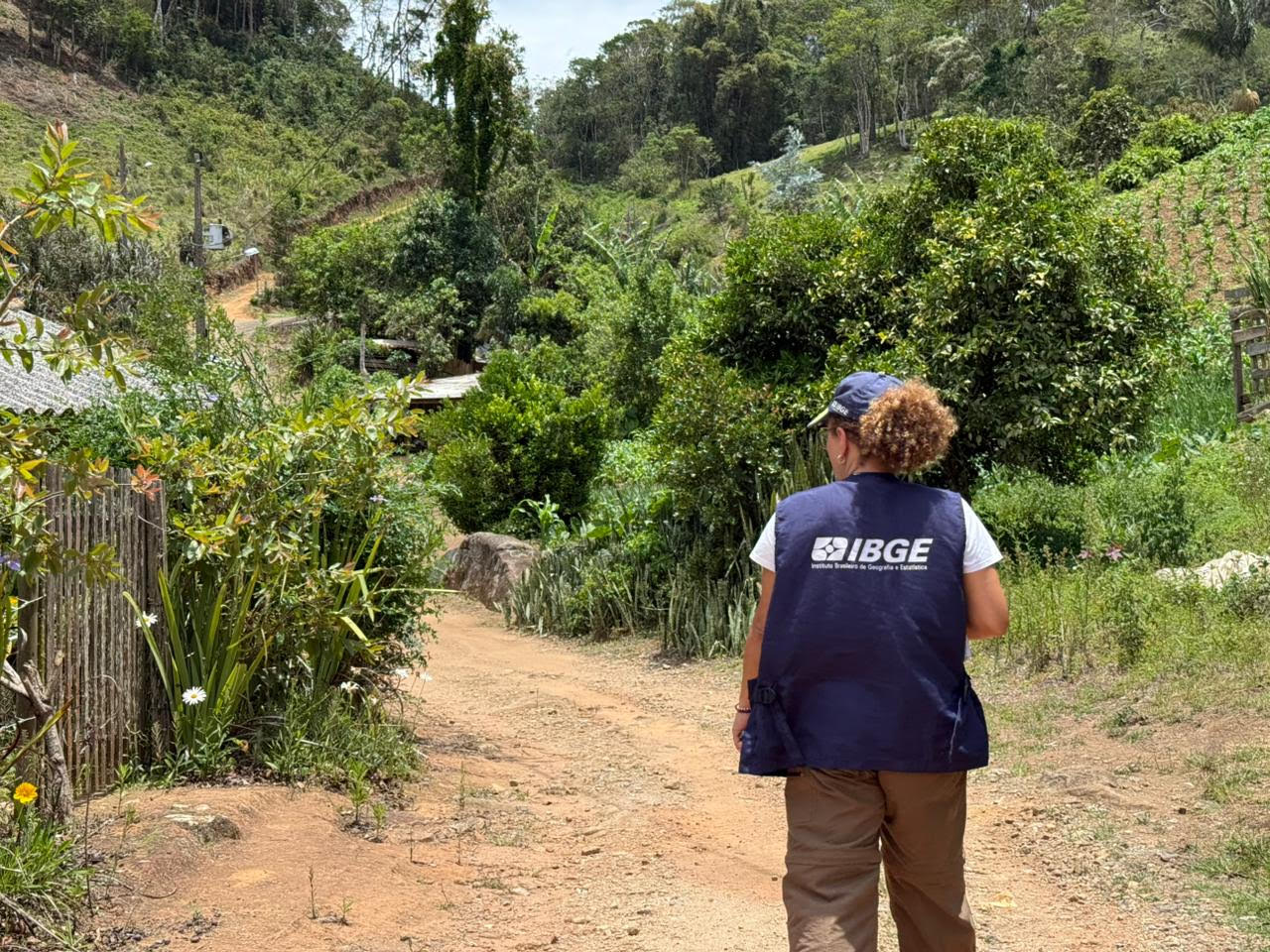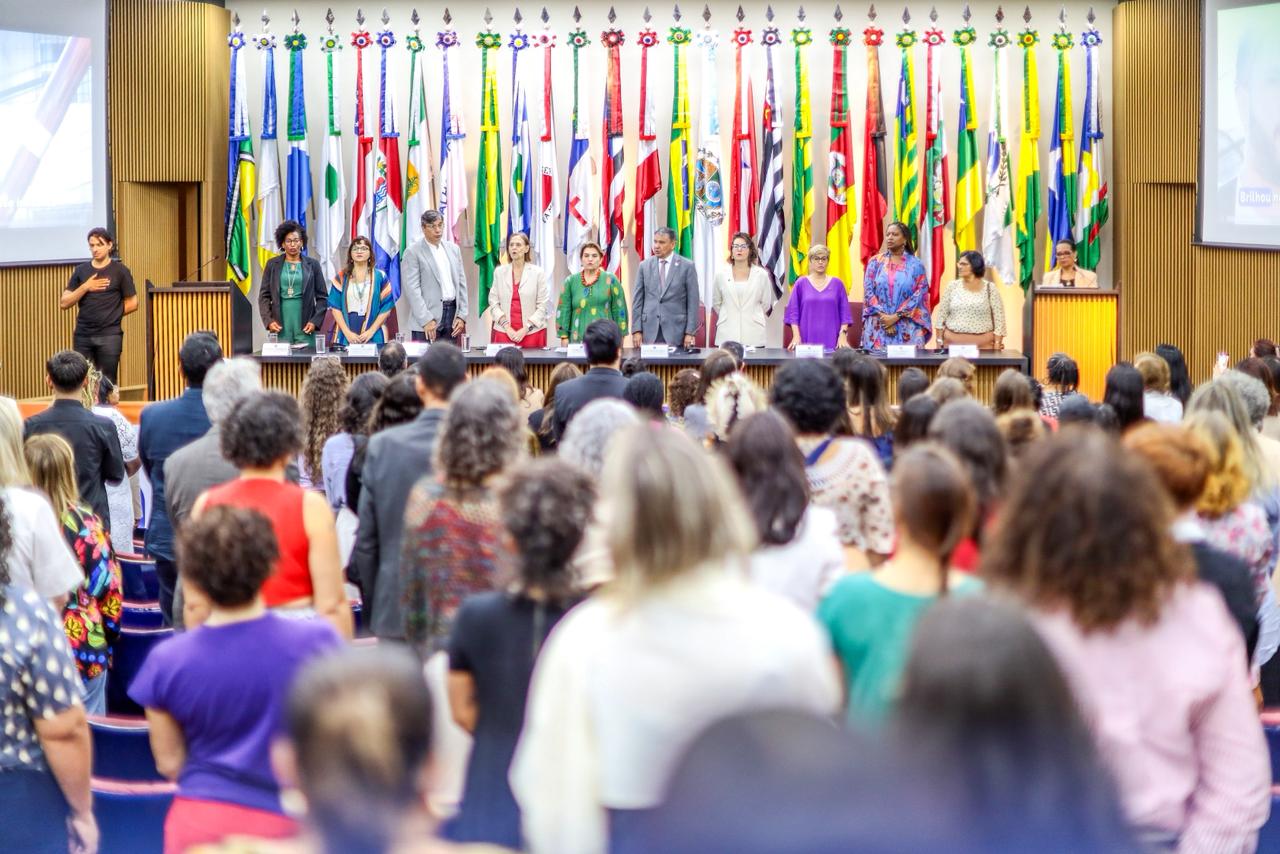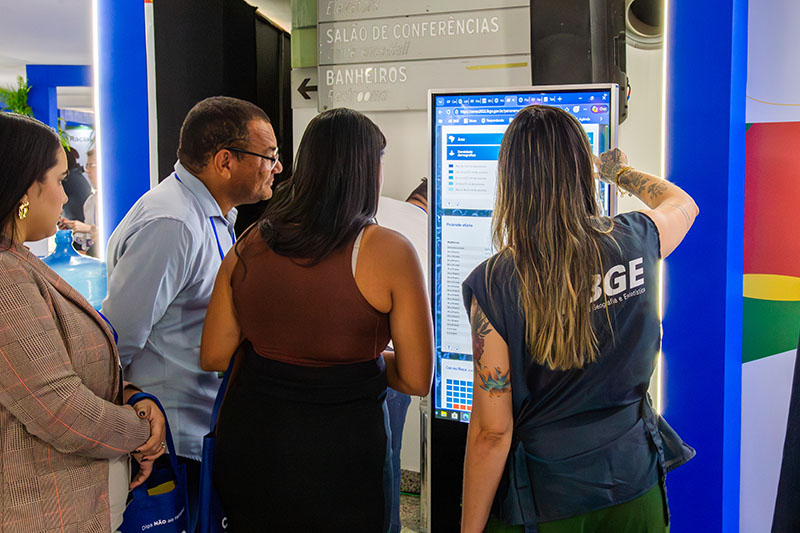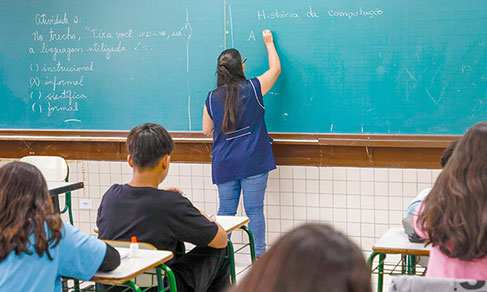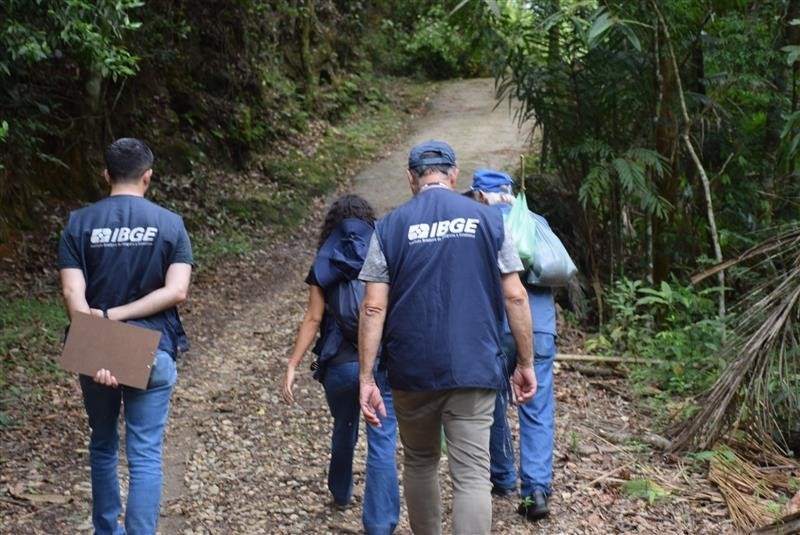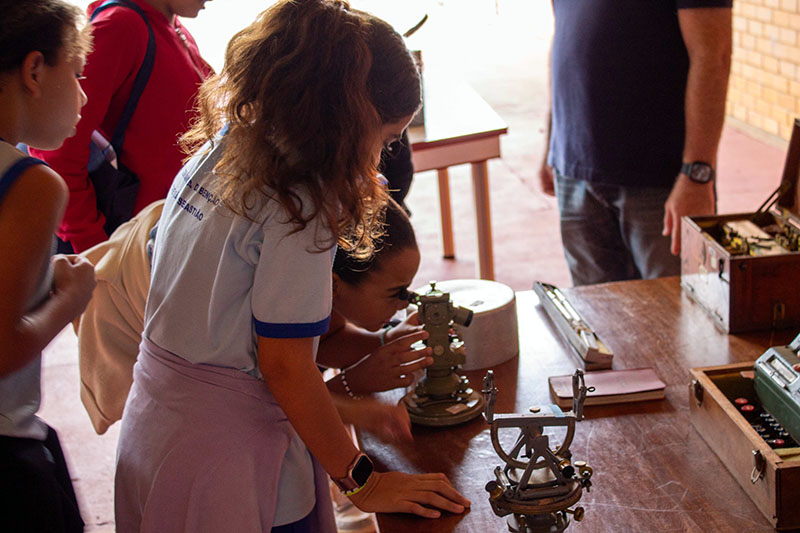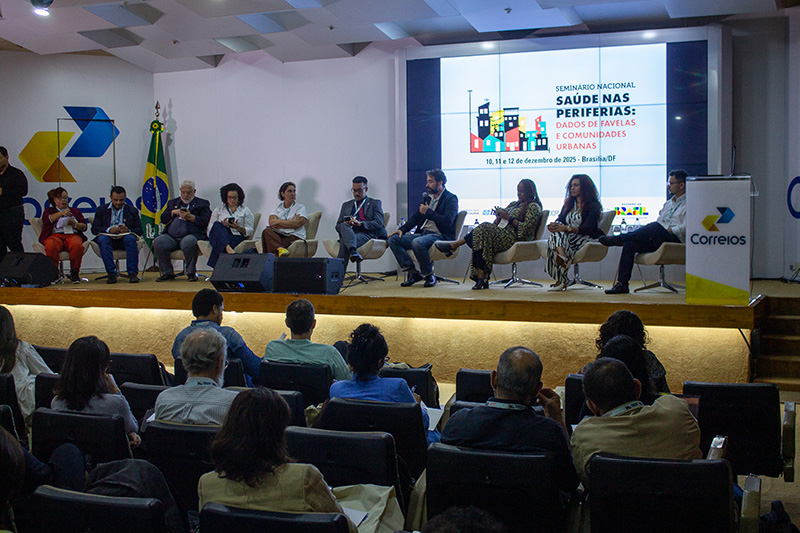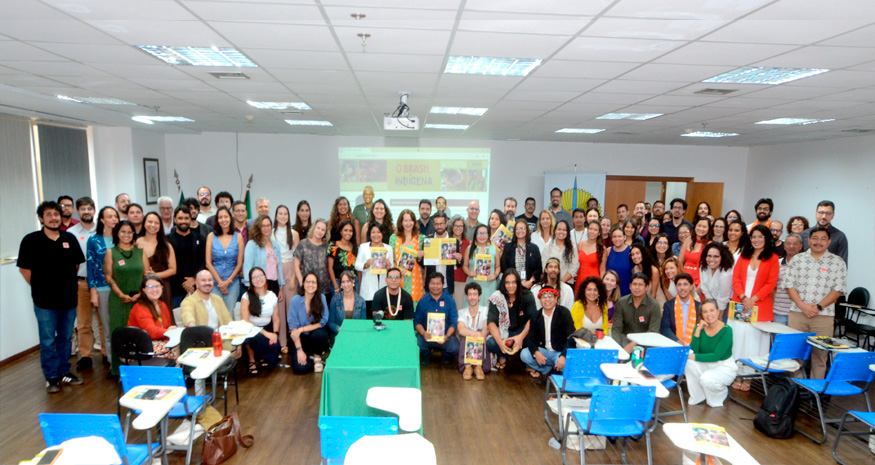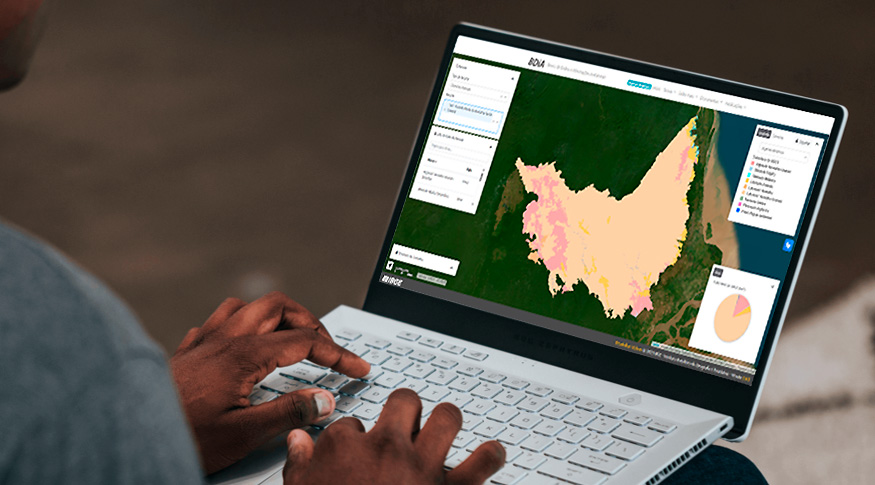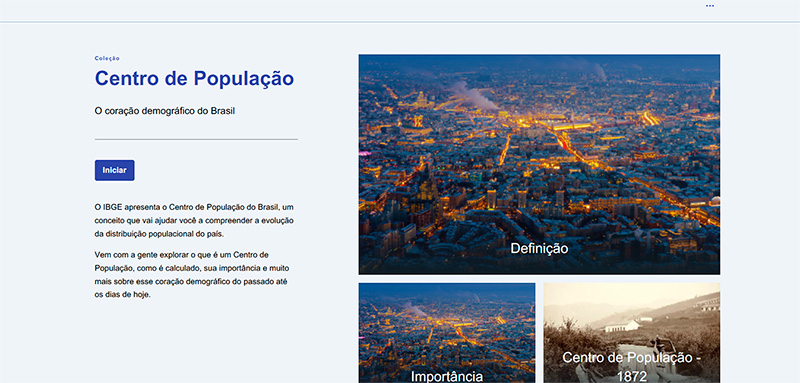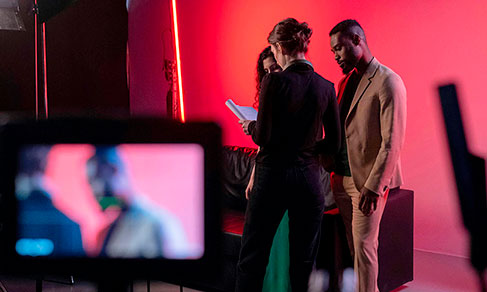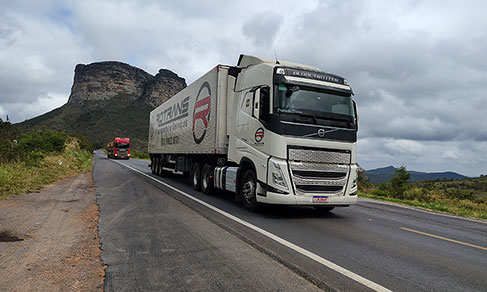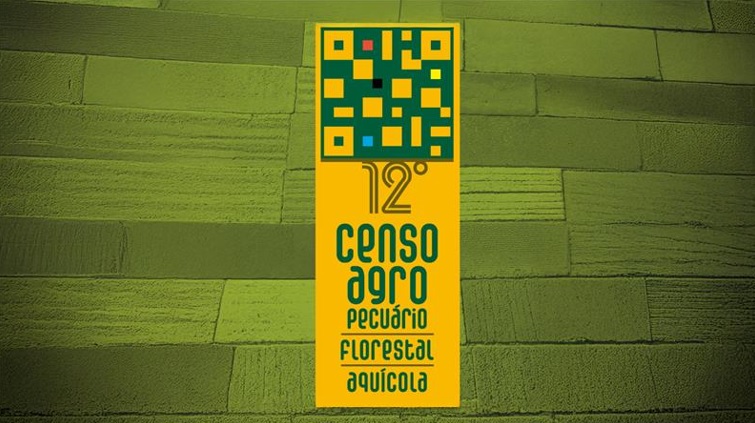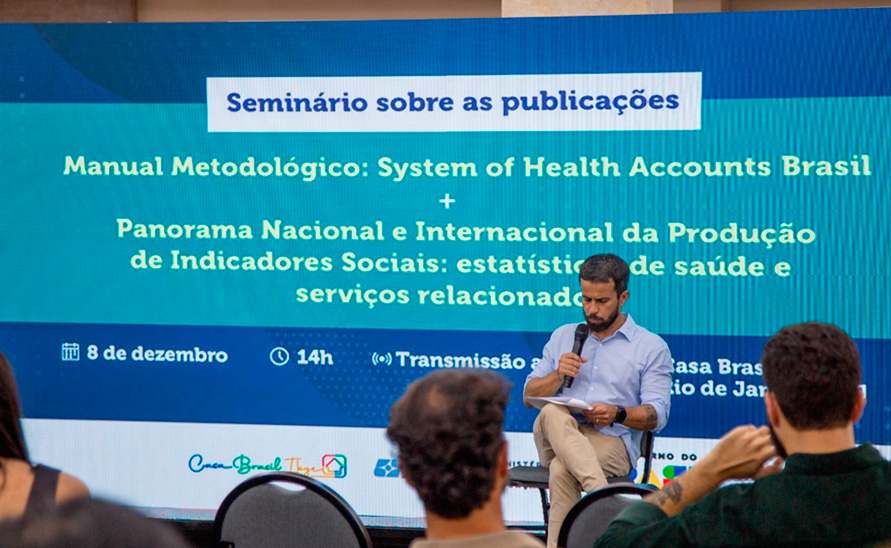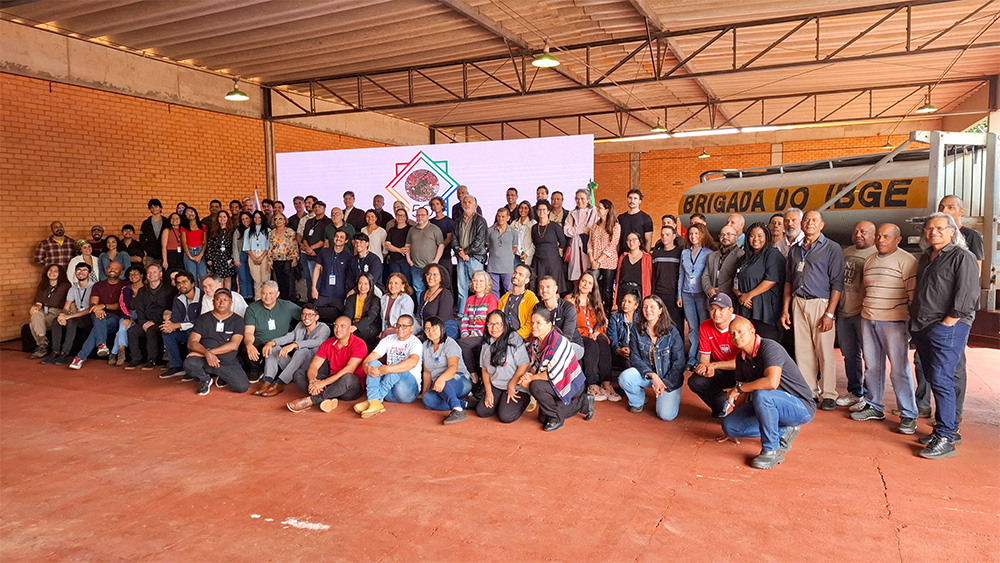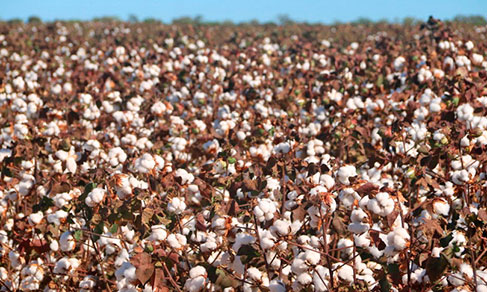Brazilian Journal of Geography
IBGE releases new edition of the Brazilian Journal of Geography
April 29, 2025 10h00 AM | Last Updated: May 04, 2025 02h09 AM
Highlights
- The second issue of the 69th volume of the Brazilian Journal of Geography (RBG) presents seven articles: two in the regular submission section, approaching urban discussions, and five ones as part of the Jalapão Report, about a field activity conducted in 2023, which repeated the route taken by technicians from the National Council of Geography, including geographer Pedro Geiger, in 1943.
- The articles in the Jalapão Report, written by professor and researchers from the Federal University of Rio de Janeiro (UFRJ), allow reflections and comparisons between the expeditions of 1943 and 2023.
- The work “Network of Cities and Regional Development in Brazil: an economic-spatial two-scale approach”, by Bárbara Cobo Soares (IBGE/ENCE) and Lucas Linhares (ENCE), has the objective of providing elements for the identification of priority areas to receive subsidies and public policies aiming at regional development.
- The article “Urban management as a social science: an integrative revision from social politics to urban techno-politics”, by Georgia Miroslau Galli Natal, presents a bibliographical review of publications that deal with urban management having as a basis social-political and techno-political concepts.
 A highlight in the new edition of the RBG is the Jalapão Report, consisting of five articles written by professors and researchers from UFRJ - Photo: Helena Pontes/IBGE News Agency
A highlight in the new edition of the RBG is the Jalapão Report, consisting of five articles written by professors and researchers from UFRJ - Photo: Helena Pontes/IBGE News AgencyThe IBGE makes available today (29) the second issue of volume 69 of the Brazilian Journal of Geography (RBG). the publication has seven articles: two in the regular submission section, approaching urban discussions, and five one as part of the Jalapão Report, written by a team of professors and researchers at the Graduate Program in Geography of the Federal University of Rio de Janeiro (UFRJ), which has, since 2023, conducted a fieldwork that repeats the same route covered in 1943 by a team of technicians from the National Council of Geography (CNG), whose members included renowned geographer Pedro Geiger, then a Geography student and intern.
“It is truly rewarding to observe we are in an institution that has contributed so significantly to the formation of the Brazilian state, and that we keep alive a journal that keeps such important records of the work of the IBGE, as it is the case of the article published in 1943, which turned out to be a guide for the 2023 expedition. The results of the new fieldwork allow us to make comparisons between both expeditions. All the articles in the Jalapão Report, therefore, have a special meaning in this current edition of the RBG,” Maria Lúcia Vilarinhos, executive editor of the journal, explains.
Entitled “Network of Cities and Regional Development in Brazil: an economic-spatial two-scale approach”, the first article shows cities as a factor of connection between regional areas. authors Bárbara Cobo Soares (IBGE/ENCE) and Lucas Linhares (ENCE) attempt to characterize the distribution of hub cities in the regional urban network, based on Intermediate Areas (IBGE 2017), by making use of analyses, concepts and territorial divisions of the of the survey Area of Influence of Cities - REGIC 2018 (IBGE 2020), data from the Municipal Accounts/GDP (IBGE 2020) and from the 2022 Census relative to the distribution of the population over the territory. The objective of the study is to provide elements for the identification of priority areas to receive subsidies and public policies aiming at regional development. “This work is an important reflection about the role of polo cities in the expansion of economic development around their closest surroundings. Such type of analysis, about the relevance of certain territorial divisions for the understanding of spatial dynamics of economic vectors is fundamental to guarantee effectiveness of regional public policies,” Maria Lúcia adds.
The second article in the journal, “Urban management as a social science: an integrative revision from social politics to urban techno-politics,”, by Georgia Miroslau Galli Natal, PhD student at the Pontifical Catholic University of Paraná, presents a bibliographical review of publications that deal with urban management as a social phenomenon, attempting to do that in integration with the ones that discuss the same topic from a social political and techno political perspective. Based on these readings, the article aims to identify the impacts of urban space and of its transformations on the populations that live in these territories.
Another highlight in the new issue of the RBG is the Jalapão Report, which presents five articles written by a team of professors/researchers of the Post-Graduate program in Geography of the Federal University of Rio de Janeiro. In 2023, they repeated the route taken in 1943 by a team of technicians from the National Council of Geography. One of the members of that group was Pedro Geiger, the centenarian geographer from Rio de Janeiro, who was a student of Geography and intern at the time. More information about him can be found here.
The 2023 expedition and the publication of the report celebrated the 80 years of that occasion. The field activity of 1943 resulted in a publication in the Brazilian Journal of Geography. “Expedition to Jalapão”, by engineer Gilvando Simões Pereira, is available at: Expedition to Jalapão | Brazilian Journal of Geography.
In the Jalapão report, the article “Of wars, voids and traficking: mobilization of the Jalapão territory,” by Vinicius Burle Ferreira Araujo Cruz and Letícia Parente-Ribeiro, questions the idea of Jalapão (TO) as a territory of voids, showing, by using maps, travel reports and official data, the space-time dynamics of a region marked by population flows and commercial routes.
In “Excavations, remembrances and geographical expeditions,” Rafael Augusto Andrade Gomes analyses the preparation of the expedition, in an attempt to understand the objectives behind it, based on reports and registries of technical meetings that preceded it, and on press releases from that time approaching the expedition and the Jalapão itself.
Ana Brasil Machado and Telma Mendes da Silva, authors of “Landscapes in Jalapão: a path through images of 1943 and 2023,” discuss the importance of the use, analysis and interpretation of images in geographical studies. The article analyzes the changes, both in use and in occupation of the space, covering choices and framings found in both field works (1943 and 2023), besides highlighting the transformations resulting from the technical resources available for the representations.
“Frontiers and margins, a way of seeing and learning Jalapão (TO),” written by Gisela Pires do Rio, aproaches the perspective of Pedro Geiger, still in the beginning of his career, as she analyzes the descriptions and observations produced in his report on the 1943 fieldwork. The proposal of the article is to explore the terms and concepts that reveal different temporalities in the analysis of space, as the very dynamic of regional transformation imposed by the occupation of the territory.
Finally, in “Jalapão, a starting landscape: an essay about geographical forms and disorientations,” Marcos Paulo Ferreira de Góis also departs from the comparison between the two works, this time to discuss what is identified as “geographical disorientations," highliting the changes in the center of the observations that, in 2023, indicate the occupation of MATOPIBA.
The authors of the Jalapão Report, the RBG Editorial Council and the tehnical body of the IBGE's Geography Divison pay homage to geographer, anthropologist and professor Ana Maria Lima Daou, who passed away in January 2024. “She had an outstanding role as a professor and researcher strongly linked to landscape issues, field work and the importance ot Geography teaching, having graduated in Geography from PUC-Rio and gotten a Master's and a Doctoral degree in Social Anthropology from UFRJ. Her professional activity was also directed to the proximity between these two firlds of knowledge. She published two very important books about the impacts of rubber extraction in Amazonas, between the end of the 19th century and the first decades of the 20th century: ‘The Amazon Belle Époque’ (2000) and ‘The city, the Theater and the ‘Country of Rubber Trees’: practices and representations of the society of the Amazon from the 19th to 20th century’ (2014), which we have been using in the production of the Amazon volume of the Atlas of literary representations of Brazilian regions,” Maria Lúcia recalls.
About the RBG
Published by the IBGE, the Brazilian Journal of Geography (RBG) is one of the oldest and most respected Brazilian technical-scientific publications in the area of Geography and related sciences. With brief interruptions, the RBG was published on a four-month basis for nearly 70 years, from 1939 to 2006, being considered a reference journal.
Many articles opened important knowledge frontiers, becoming classic articles in Brazil and abroad. In 2016, the IBGE resumed the publication in a new format - as a semi-annual electronic edition.



